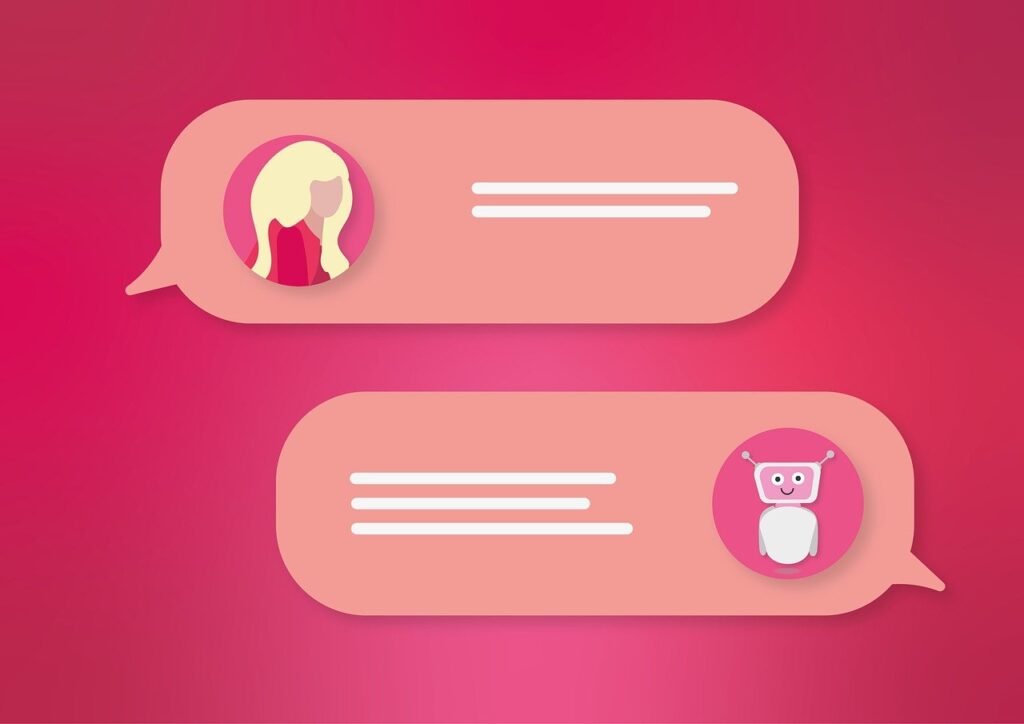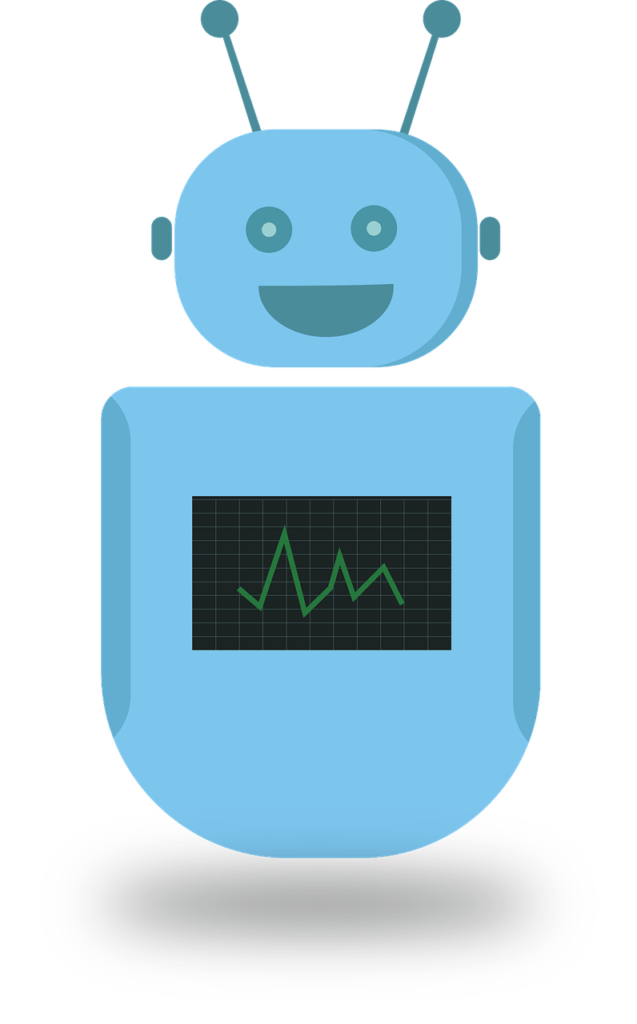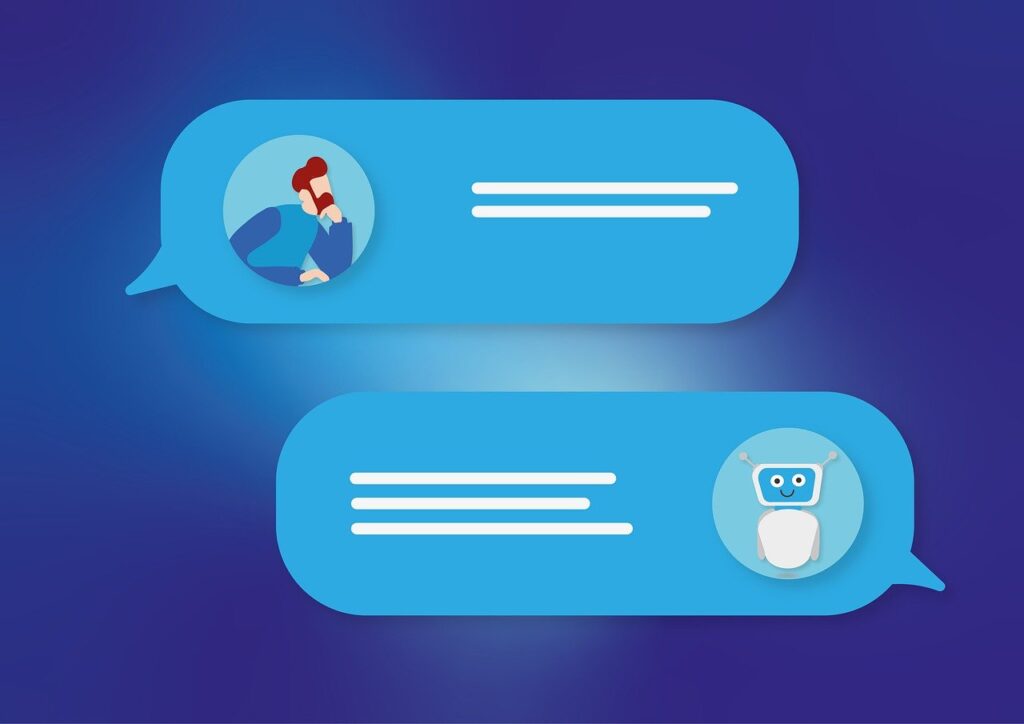Want to boost your lead generation efforts in your home service business? Look no further than chatbots. These versatile digital assistants are revolutionizing the customer service industry and providing countless benefits for businesses. From qualifying leads to responding instantly, chatbots are improving efficiency and increasing customer satisfaction. In this article, we will explore the advantages of using chatbots for lead generation in home service businesses and how they can help you maximize your business growth.

Understanding the Concept of Chatbots
Definition of chatbots
Chatbots are computer programs designed to simulate human conversation through text or voice interactions. They are powered by artificial intelligence (AI) and natural language processing (NLP) algorithms, enabling them to understand and respond to user queries in a human-like manner.
Various types of chatbots and their functionalities
There are different types of chatbots, each with its own set of functionalities. Rule-based chatbots follow a predefined set of rules and are limited in their ability to understand and respond to user inputs. On the other hand, AI-powered chatbots use machine learning and NLP to continuously learn and improve their responses, making them more intelligent and capable of engaging in meaningful conversations.
How chatbots operate
Chatbots operate by receiving user inputs, processing them, and generating appropriate responses. They use a combination of predefined rules and algorithms to analyze the user's query, understand its intent, and provide relevant information. Chatbots can be integrated into messaging platforms, websites, or mobile applications to provide seamless customer service experiences.
Importance of Lead Generation for Home Service Businesses
Defining lead generation
Lead generation refers to the process of identifying and attracting potential customers for a business's products or services. In the context of home service businesses, lead generation involves generating interest and capturing contact information from individuals seeking services like plumbing, electrical work, or home repairs.
Why home service businesses need lead generation
Lead generation is crucial for home service businesses as it helps them identify and connect with potential customers who are actively seeking their services. By generating leads, these businesses can build a pipeline of potential customers and increase their chances of converting them into paying clients. It allows them to target their marketing efforts and allocate resources effectively.
Traditional methods of generating leads
Historically, home service businesses have relied on traditional methods of lead generation such as newspaper ads, flyers, and word-of-mouth referrals. While these methods can be effective to some extent, they often lack the scalability and efficiency provided by modern digital tools. With the advent of technology, businesses are now turning to chatbots as a powerful tool for lead generation.
Chatbots as a Lead Generation Tool
How chatbots help in lead generation
Chatbots play a crucial role in lead generation by engaging and capturing potential leads in a personalized and automated manner. By interacting with users in real-time, chatbots can gather relevant information, answer queries, and guide users through the lead generation process. They can capture contact details, preferences, and other valuable data, which can then be used by businesses for further follow-ups and nurturing leads.
Benefits of using chatbots for lead generation
Using chatbots for lead generation offers numerous benefits for home service businesses. Firstly, chatbots provide 24/7 availability, allowing businesses to capture leads even outside of working hours. Secondly, chatbots offer instant responses, enhancing customer experience and reducing response times. Additionally, chatbots can engage multiple users simultaneously, ensuring efficient lead generation and lead qualification processes.
Case studies showcasing successful implementation of chatbots for lead generation
Numerous home service businesses have successfully implemented chatbots for lead generation. For example, a plumbing company integrated a chatbot on their website, allowing visitors to inquire about services, book appointments, and leave contact details. The chatbot collected leads round the clock and significantly increased bookings, resulting in a boost in revenue and customer satisfaction.
Creating a Chatbot Strategy for Lead Generation
Setting objectives for your chatbot
Before implementing a chatbot for lead generation, it is essential to define clear objectives and goals. This involves identifying the specific outcomes you want to achieve through the chatbot, such as increasing lead conversion rates, improving customer engagement, or enhancing lead qualification processes. Setting objectives enables businesses to measure the success of their chatbot strategy and make necessary adjustments.
Choosing a suitable chatbot platform
Selecting a suitable chatbot platform is crucial for a successful lead generation strategy. Businesses should consider factors such as ease of integration, scalability, customization options, and the availability of AI capabilities. It is important to choose a platform that aligns with the specific requirements of the home service business and provides the necessary tools for capturing and managing leads effectively.
Designing conversation flow for engaging leads
The conversation flow of a chatbot plays a vital role in engaging and capturing leads effectively. Home service businesses should carefully design the conversation flow, ensuring that it provides relevant and helpful information to users while collecting necessary lead details. The chatbot should have the ability to handle user queries, provide service recommendations, and seamlessly transition users to human interaction when necessary.

Effective Use of Chatbots for Home Service Businesses
Customizing chatbots to suit your business offerings
To maximize the benefits of chatbots for lead generation, it is essential to customize and tailor them to suit the specific offerings of the home service business. Chatbots should be programmed to understand and respond to industry-specific queries, provide accurate pricing estimates, and showcase the unique value propositions of the business. Customization ensures that the chatbot aligns with the brand image and addresses the specific needs of potential customers.
Building customer relation strategies using chatbots
Chatbots can be leveraged not only for lead generation but also for building strong customer relationships. By utilizing the collected data, chatbots can send personalized messages, offer relevant promotions, and provide proactive support to existing customers. By nurturing customer relationships, chatbots can enhance customer loyalty and potentially generate repeat business.
Ensuring smooth transition from bot interaction to human interaction
While chatbots are powerful tools for lead generation, there are instances where human interaction becomes necessary. Businesses should ensure a smooth transition from bot interaction to human interaction when users require more personalized assistance or have complex queries. This can be done through options such as live chat or providing contact information for direct communication, ensuring a seamless customer experience.
Mechanisms of Interaction for Chatbots
Text-based interactions
Text-based interactions are the most common mechanism for chatbots. Users can engage with the chatbot by typing their queries or selecting predefined options provided by the bot. Text-based interactions are convenient for users and allow businesses to collect textual information for lead generation and analysis. Additionally, they enable chatbots to process and respond to queries more efficiently.
Voice interactions for user convenience
In recent years, voice-based interactions have gained popularity due to the rise of virtual assistants like Amazon's Alexa and Apple's Siri. Voice interactions provide users with a more natural and convenient way to engage with chatbots. Home service businesses can leverage voice interactions by integrating chatbots with voice-enabled devices or providing phone numbers for users to call and interact with the chatbot vocally.
Introducing interactive features and quizzes to engage potential leads
To enhance user engagement and capture more leads, chatbots can incorporate interactive features and quizzes. These can include product recommendation quizzes, interactive tutorials, or interactive calculators to estimate costs or service requirements. By gamifying the lead generation process, businesses can encourage users to spend more time interacting with the chatbot, providing valuable data and increasing the chances of lead conversion.

Monitoring and Analyzing Chatbot Interactions
Importance of tracking chatbot performance
Tracking the performance of chatbot interactions is crucial for measuring the effectiveness of the lead generation strategy. By monitoring chatbot interactions, businesses can gain insights into user behavior, identify bottlenecks in the lead generation process, and make data-driven improvements. Tracking also helps determine the chatbot's impact on lead conversion rates and the return on investment (ROI) for the lead generation efforts.
Key metrics to measure in chatbot interactions
Several key metrics can be measured to assess the performance of chatbot interactions. These include the number of leads captured, user engagement levels, conversation completion rates, customer satisfaction ratings, and the number of successful handoffs from the chatbot to human operators. By analyzing these metrics, businesses can identify areas for improvement and optimize their chatbot strategy for enhanced lead generation.
Utilizing chatbot analytics for improving lead generation
Chatbot analytics can provide valuable insights that help businesses improve lead generation efforts. By analyzing user interactions, businesses can identify commonly asked questions, pain points in the customer journey, and opportunities for improvement. These insights can be used to refine the conversation flow, optimize responses, and personalize the chatbot experience to better engage potential leads and drive higher conversions.
Transforming Chatbot Encounters to Qualified Leads
How chatbots help identify and qualify potential leads
Chatbots can play a significant role in identifying and qualifying potential leads. By engaging users in conversations and collecting relevant information, chatbots can assess the intent and level of interest of individuals. Chatbot algorithms can analyze user inputs to determine the likelihood of conversion, allowing businesses to focus their resources on leads with higher chances of becoming customers.
Strategies for transitioning prospects from chatbot interaction to sales pitch
Transitioning prospects from chatbot interaction to the sales pitch stage requires careful planning and execution. Businesses can leverage the data collected by chatbots to personalize the sales pitch, tailoring it to the specific needs and preferences of the leads. Furthermore, offering incentives, exclusive promotions, or limited-time offers can incentivize potential customers to move forward in the sales funnel and make a purchase.
Ensuring high-quality leads with personalized bot interactions
The personalization capabilities of chatbots allow businesses to ensure high-quality leads. By tailoring the conversation flow and responses according to user inputs and preferences, chatbots can provide a personalized experience that resonates with potential leads. This not only enhances customer engagement but also increases the chances of capturing high-quality leads that are more likely to convert into paying customers.

Addressing Potential Challenges of Using Chatbots
Managing user's trust issues with artificial intelligence
One potential challenge in using chatbots for lead generation is addressing user trust issues with AI. Many users may be hesitant to provide personal information or engage in conversations with a bot. To overcome this, businesses should emphasize data privacy and security measures, clearly communicate the benefits of interacting with the chatbot, and provide options for human assistance when necessary. Transparent and trustworthy interactions can help build user confidence in engaging with chatbots.
Maintaining interaction quality for lead generation
To maximize lead generation effectiveness, it is crucial to maintain the quality of interactions with chatbots. This involves regularly updating the chatbot's knowledge base to ensure accurate and up-to-date information. It also requires continuous monitoring and optimization of the conversation flow to address user queries effectively. By maintaining interaction quality, businesses can enhance user satisfaction, generate more leads, and build a positive brand reputation.
Overcoming technical challenges in chatbot implementation
Implementing chatbots for lead generation may pose technical challenges that need to be overcome. Businesses may encounter difficulties integrating chatbots with their existing systems or ensuring compatibility across different platforms and devices. It is important to work closely with developers or chatbot platform providers to address technical challenges, test the chatbot's performance, and ensure seamless integration for maximum lead generation efficiency.
Looking Ahead: The Future of Chatbots in Home Service Businesses
Emerging trends in chatbot technology
The future of chatbots in home service businesses is promising, with several emerging trends shaping the technology. Natural language understanding and sentiment analysis capabilities are becoming more sophisticated, enabling chatbots to provide more contextually relevant and emotionally intelligent responses. Furthermore, advancements in machine learning and AI algorithms are improving chatbot learning and customization capabilities, leading to better lead generation outcomes.
Expanding use cases for chatbots in home service businesses
Chatbots have the potential to expand beyond lead generation in home service businesses. They can be utilized for appointment scheduling, service recommendation, troubleshooting assistance, and post-purchase support. By integrating chatbots into various stages of the customer journey, businesses can streamline processes, enhance customer satisfaction, and ultimately drive more repeat business.
Approaching innovations in AI and their influence on chatbot effectiveness for lead generation
As AI continues to advance, innovations in machine learning, natural language processing, and sentiment analysis will greatly influence the effectiveness of chatbots for lead generation. New AI techniques and algorithms will enable chatbots to better understand user intent, provide more personalized recommendations, and generate higher-quality leads. By embracing these innovations, home service businesses can leverage chatbots to stay ahead in the competitive market and maximize their lead generation efforts.

